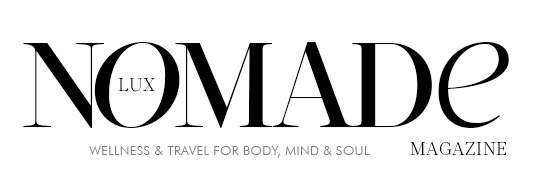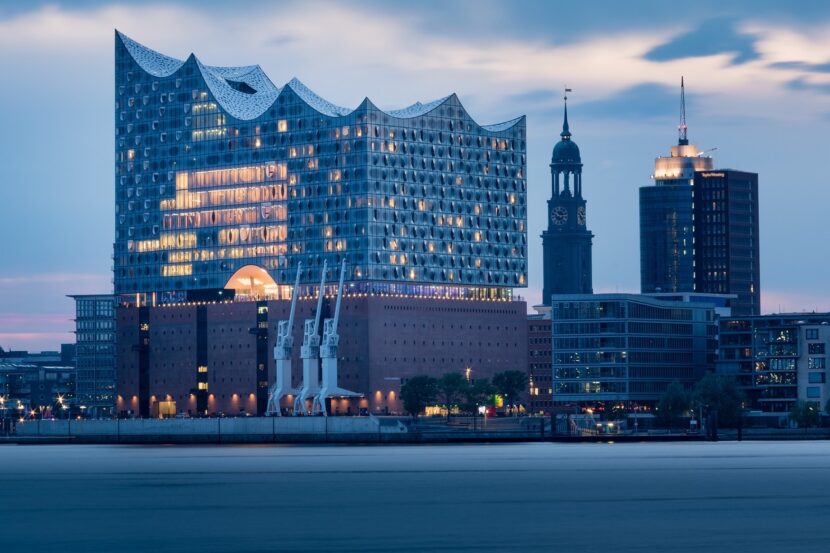The Use of Curved Glass in Culturally Important Buildings
Curved glass, also known as bent glass, has revolutionized architectural design by enabling more fluid, dynamic, and aesthetically striking structures. Its ability to form smooth, sweeping curves makes it a versatile material in both contemporary and historical projects. Today, curved glass is often featured in culturally significant buildings worldwide, where it plays a key role in enhancing both functionality and visual appeal. From museums to national landmarks, curved glass helps embody a building’s unique identity while contributing to its architectural narrative.
This essay explores what curved glass is and examines its application in three culturally important buildings: the Apple Store on Fifth Avenue in New York City, the Elbphilharmonie in Hamburg, Germany, and the Louvre Pyramid in Paris, France. Each of these examples highlights how curved glass contributes to the importance of these structures, merging modern architectural innovation with historical and cultural relevance.
What is Curved Glass?
Curved glass is glass that has been bent or shaped during manufacturing, typically through a process known as thermal tempering or cold bending. In thermal tempering, the glass is heated to high temperatures and then molded into the desired shape while it’s still pliable. Cold bending involves manipulating the glass into a curved shape during installation without heating it. These methods allow architects to explore new shapes and designs that were once impossible with flat glass.
Curved glass offers a range of benefits beyond aesthetics. It enhances structural integrity, increases energy efficiency through better control of natural light, and allows for the creation of seamless, panoramic views. These qualities make it especially appealing for landmark buildings that seek to leave a lasting impression.
Iconic Buildings That Feature Curved Glass
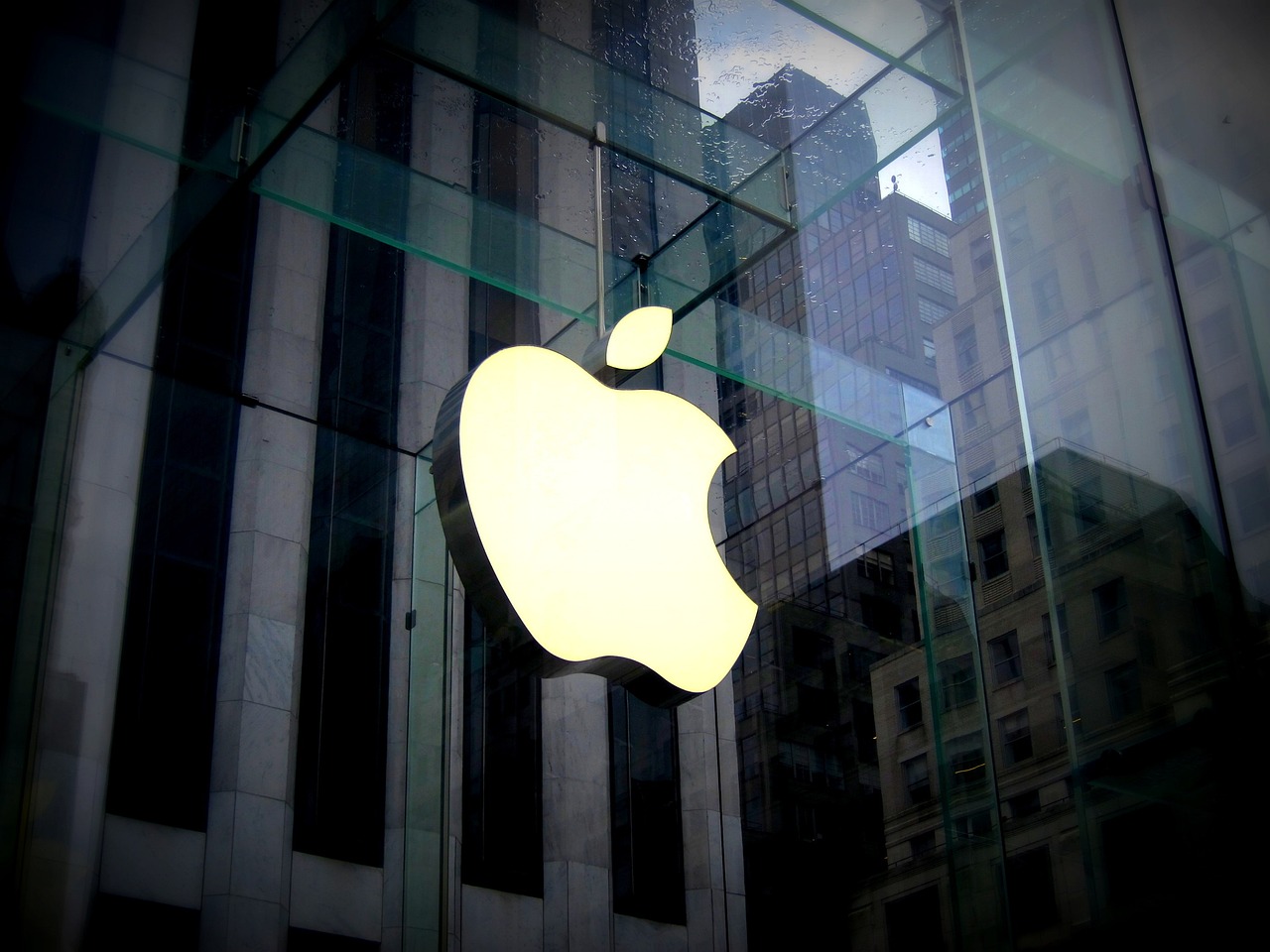
1. Apple Store, Fifth Avenue – New York City, USA
The Apple Store on Fifth Avenue, widely recognized for its distinctive glass cube entrance, has become a cultural icon not only in New York City but also worldwide. Designed by architect Peter Bohlin and featuring curved glass technology, this building is more than just a retail space; it has become a symbol of modern design, technological innovation, and luxury.
In the store’s design, curved glass plays a key role in creating the illusion of openness and accessibility. The original structure, consisting of large glass panels, was updated in 2011 to include fewer glass pieces, with curved glass sections that allow for a smoother, more seamless surface. This enhancement highlights Apple’s brand values of simplicity, elegance, and cutting-edge innovation. The glass cube’s transparency contrasts beautifully with the dense urban landscape of New York, creating a light, airy space amid the hustle and bustle of the city.
The cultural importance of the Fifth Avenue Apple Store lies not only in its architecture but also in its role as a 24/7 gathering spot for both locals and tourists. Its glass structure, illuminated at night, has made it a global icon of contemporary commercial architecture and technological progress.
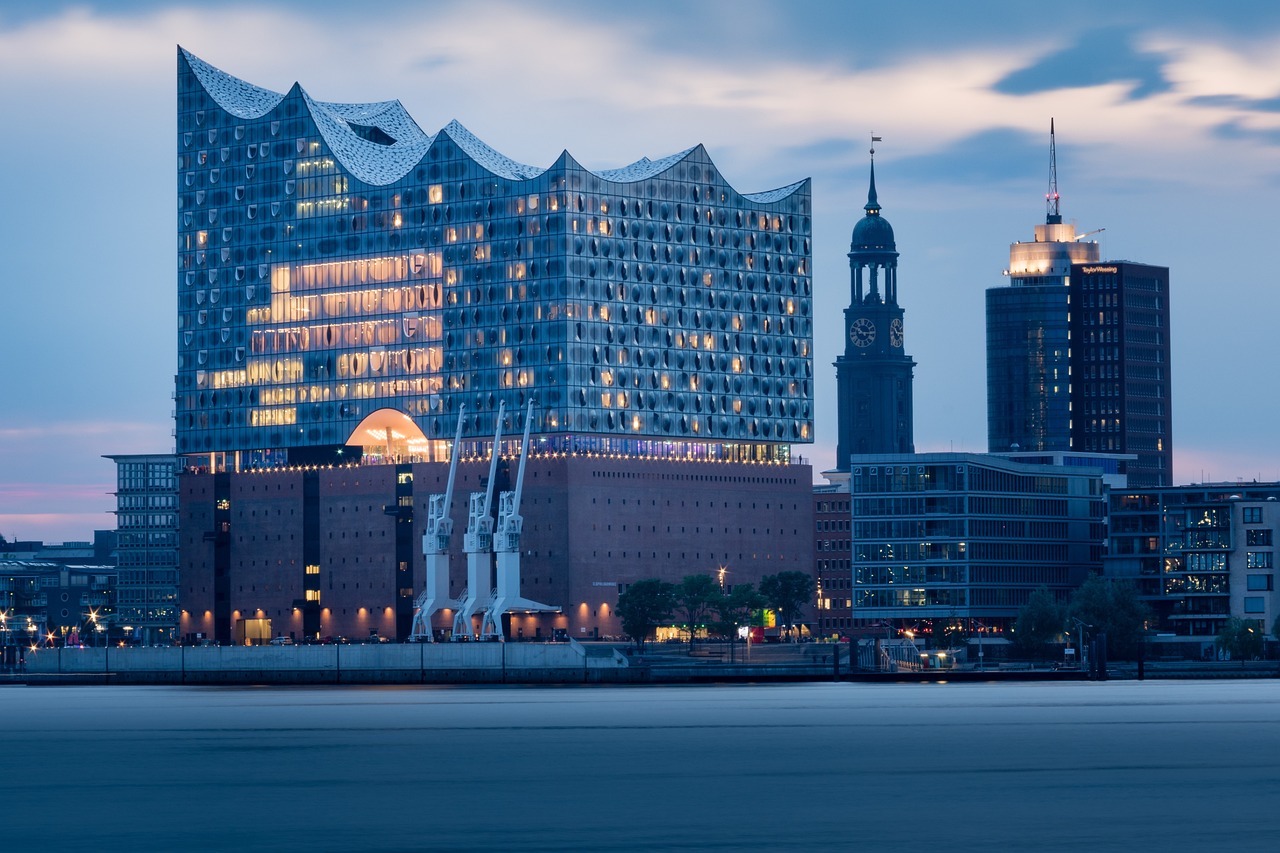
2. Elbphilharmonie – Hamburg, Germany
The Elbphilharmonie, or “Elphi” as it is affectionately known, is one of Europe’s most ambitious and iconic concert halls. Designed by the Swiss architecture firm Herzog & de Meuron, the building opened in 2017 and quickly became a cultural landmark in Hamburg. The design of the Elbphilharmonie is notable for its undulating glass façade, which features extensive use of curved glass.
The curved glass panels on the upper portion of the building create a wave-like appearance that reflects the Elbe River below, echoing the city’s maritime heritage. The glass panels were not only bent to achieve these fluid shapes but also specially treated to ensure durability and reduce glare, making the building both visually stunning and functional. The incorporation of curved glass allows the building to stand as a symbol of Hamburg’s cultural renaissance, blending modern architecture with the historic brick warehouse that forms the base of the structure.
Culturally, the Elbphilharmonie is significant because it represents Hamburg’s aspirations as a world-class city of music and the arts. Its unique design and use of curved glass capture the imagination, offering a contemporary twist on the traditional concert hall.
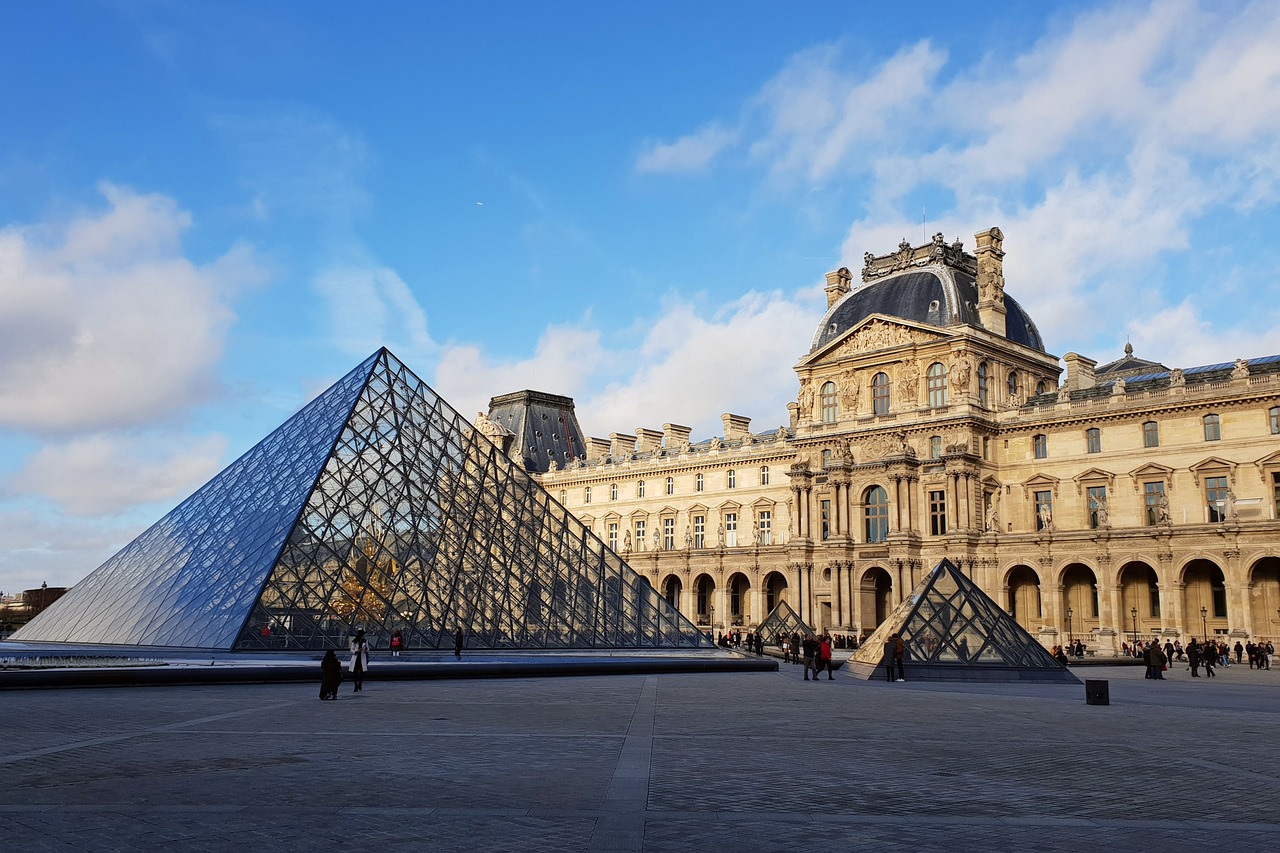
3. Louvre Pyramid – Paris, France
Perhaps one of the most iconic uses of glass in modern architecture is the Louvre Pyramid in Paris, a European art hotspot. Completed in 1989, the pyramid was designed by Chinese-American architect I.M. Pei as an entrance to the Louvre Museum. While most of the glass panels in the pyramid are flat, curved glass was used in the smaller pyramids and in other parts of the complex, giving the structures an additional sense of harmony and balance.
The glass of the Louvre Pyramid allows for transparency, symbolically inviting the public into what was once a royal palace. The modernity of the glass pyramid contrasts with the surrounding classical architecture of the Louvre, making it a striking blend of old and new. Pei’s use of glass—some of which was curved to achieve precise geometric angles—was groundbreaking at the time, showcasing how modern materials could coexist with historical grandeur.
The Louvre Pyramid’s cultural significance is profound. It has become a global symbol of Paris and modern architecture, representing the forward-thinking nature of one of the world’s most important cultural institutions. The combination of curved and flat glass in the pyramid helps to integrate the futuristic design with the historical context of the museum.
Conclusion
Curved glass has become a defining feature of modern architecture, particularly in buildings of cultural significance. The examples of the Apple Store on Fifth Avenue, the Elbphilharmonie in Hamburg, and the Louvre Pyramid demonstrate how this material enhances the visual appeal, functionality, and symbolism of these structures. By allowing architects to explore new forms and interactions with light, curved glass has helped create spaces that are not only aesthetically groundbreaking but also deeply integrated with their cultural and historical contexts.

